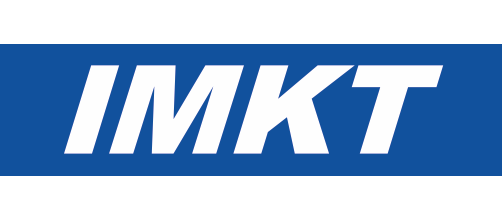Einfluss von Schmierstoffkontaminationen auf Lebensdauer und Betriebseigenschaften von Wälzlagern
- verfasst von
- Bengt Wennehorst, Gerhard Poll
- Abstract
A review covers known failure modes in elastohydrodynamic rolling surface contacts due to fluid and particulate lubricant contamination. An overview relates to the fatigue life of the rolling element in the bearing calculation according to the loannides/Harris New Life Theory standardized in ISO 281. Emphasis is on the combined service life coefficient aDIN/ISO resulting from a system analysis that takes into account the influence of the operating conditions on bearing life including lubricant contamination. The discussion covers introduction; influence of lubricant impurities on the fatigue and wear of roller bearings and calculation of the expanded modified roller bearing service life. Published damage-relevant lubricant impurities include condensate water; gear tooth wear; loose burrs; assembly soiling; residual coating; sand dust; other particles from the environment; grinding shavings; molding sand; production shavings; corrosive media; coal dust; grinding body residues; pressurized water/spray water; fresh oil soiling; and metal working fluid. Published relative sizes of types of impurities include, in microns, human hair 75; coarse particle 15; superfine particle 5; and lubricant film thickness of a roller bearing 1. The coefficient of contamination, ec, is given for degrees of impurity, in the order greatest cleanliness (particle size in the order of magnitude of the lubricant film thickness, laboratory conditions); great cleanliness (finest filtration at the oil feed, sealed, greased bearings); normal cleanliness (fine filtration of the oil delivery, greased bearing with cover plates); light impurities (in the oil feed); typical impurities (bearing with wear from other contaminated machine elements); high contamination (strongly soiled bearing environment, unsatisfactory bearing seal); and very strong contamination. The value of ec decreases from 1 at "greatest cleanliness" to zero at "very strong contamination". The degree of impurity is also tabulated versus environmental conditions. In very clean assembly, washed bearing, very good sealing, post lubrication continuously or at short intervals, great cleanliness; clean assembly, good seal, post lubrication according to the manufacturer recommendations, normal cleanliness; clean assembly, average sealing, post lubrication according to manufacturer recommendations, light contamination; assembly under workplace conditions, bearing not washed off, average sealing, post lubrication intervals longer than recommended by manufacturer, average contamination; and assembly in contaminated environment, poor sealing, long lubrication intervals, great contamination.
- Organisationseinheit(en)
-
Institut für Maschinenkonstruktion und Tribologie
- Typ
- Artikel
- Journal
- Tribologie und Schmierungstechnik
- Band
- 54
- Seiten
- 11-17
- Anzahl der Seiten
- 7
- ISSN
- 0724-3472
- Publikationsdatum
- 09.2007
- Publikationsstatus
- Veröffentlicht
- Peer-reviewed
- Ja
- ASJC Scopus Sachgebiete
- Werkstoffmechanik, Maschinenbau, Oberflächen und Grenzflächen, Oberflächen, Beschichtungen und Folien


